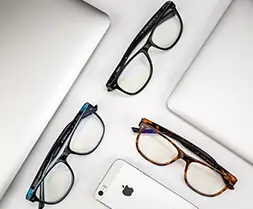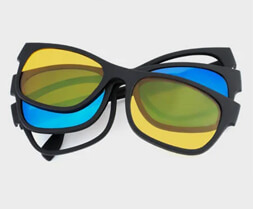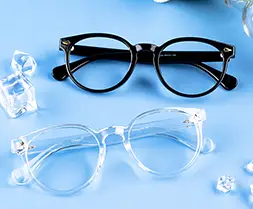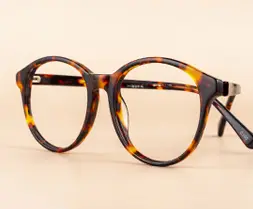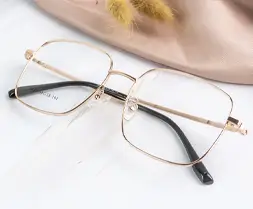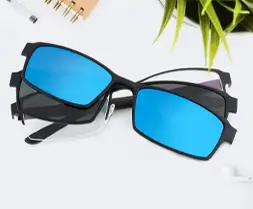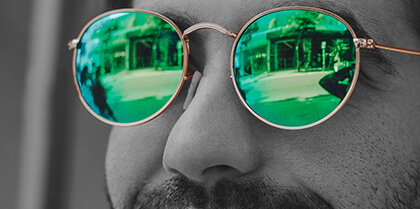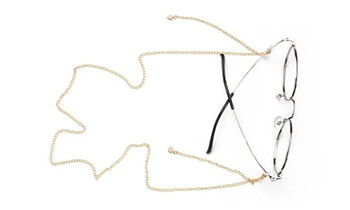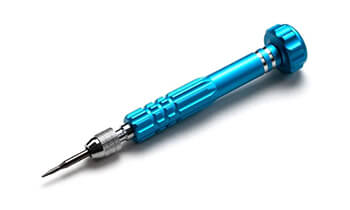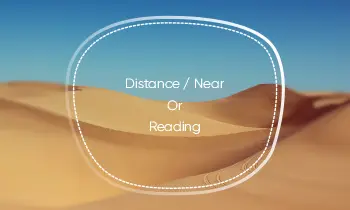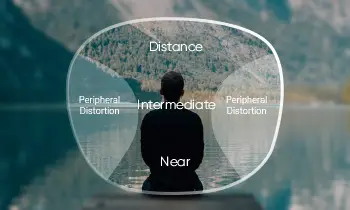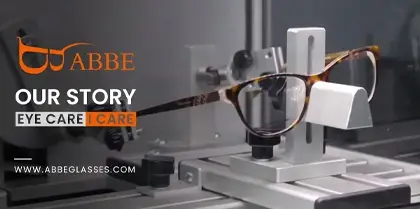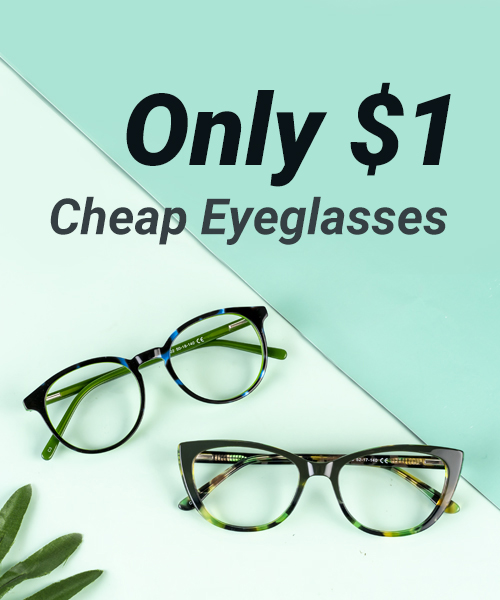Is my visual bad? How bad is my visual? These are questions that many people ask themselves when they notice that their vision is not as clear as it used to be. Your visual acuity, or the sharpness of your vision, is determined by your eye prescription. If your prescription is not accurate or up-to-date, you may experience blurry or distorted vision, which can negatively impact your quality of life.
Your eye prescription is a critical aspect of your eye health. It determines the extent of your visual acuity. A bad eye prescription can be a source of frustration, discomfort, and even pain. In this article, we will explore the different factors that determine the quality of an eye prescription and what you can do if you have a bad one.
Firstly, it is important to understand what an eye prescription is. An eye prescription is a set of numbers that describe the refractive error of your eyes. This error is caused by an irregularity in the shape of your eye, which affects how light is focused on the retina. An eye doctor or optometrist will perform a comprehensive eye exam to determine your prescription, which includes a visual acuity test, a refraction test, and other specialized tests to check for eye health issues.
The prescription is usually given in the form of two numbers, one for each eye. The first number represents the degree of nearsightedness or farsightedness, measured in diopters. The second number represents the amount of astigmatism, which is a measure of the irregularity in the shape of your eye. A higher number indicates a more severe prescription.
Now, when we talk about a "bad" eye prescription, we are generally referring to a prescription that is high or has a large difference between the two eyes. This can cause a number of problems, including blurry vision, headaches, eye strain, and even double vision. In some cases, it can also indicate the presence of an underlying eye health condition, such as cataracts or glaucoma. Having a bad eye prescription can make it difficult to perform everyday tasks, such as reading, driving, or using a computer. It can also make it challenging to participate in certain activities, such as sports or outdoor activities.
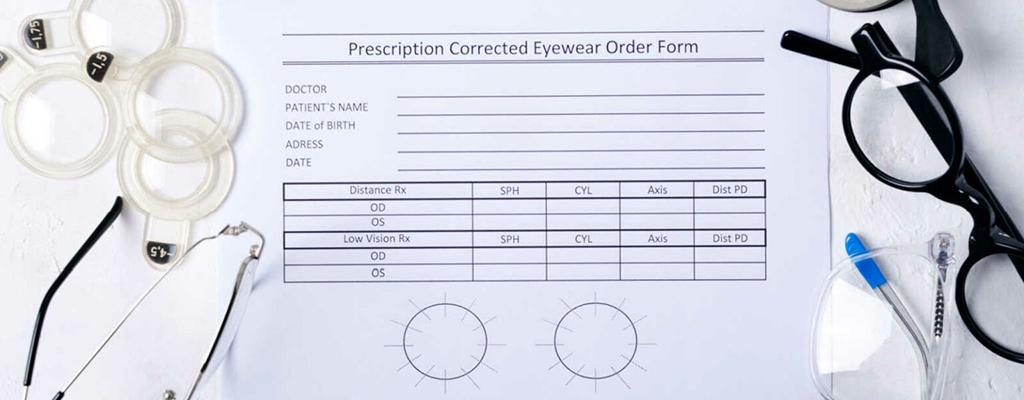
Fortunately, there are several ways to address a bad eye prescription. Corrective eyeglasses are one of the most common solutions for those who have a bad eye prescription. Eyeglasses consist of lenses that are specifically designed to correct your vision, as well as frames that hold the lenses in place. They are available in a variety of eyeglass styles, materials, and colors, making them a popular and versatile option for many people.
One of the benefits of wearing eyeglasses is that they are relatively affordable and easy to obtain. You can visit an optometrist or ophthalmologist to have your eyes checked and a prescription written for you. Then, you can take that prescription to an optical shop or online retailer to purchase the glasses that fit your needs and style preferences.
Eyeglasses are also a non-invasive option for correcting your vision. Unlike surgical procedures, there is no risk of complications or side effects. They are also easy to use and maintain. You simply wear them as directed by your eye doctor and clean them regularly to keep them in good condition.
In addition, eyeglasses can be customized to meet your specific vision needs. Your prescription will determine the type of lenses you need, which can range from single vision lenses for nearsightedness or farsightedness to progressive lenses for presbyopia or bifocal lenses for multiple vision issues. You can also choose from different lens materials, coatings, and tints to enhance your comfort and visual experience.
Although there are a few potential downsides to wearing eyeglasses, wearing corrective eyeglasses is a practical and effective solution for those who have a bad eye prescription. They are affordable, non-invasive, and customizable to meet your unique vision needs. If you are experiencing vision problems, it is important to schedule an eye exam with a qualified eye doctor or optometrist to determine if eyeglasses are the right option for you.
Another solution is to undergo laser eye surgery, such as LASIK or PRK. These procedures can permanently correct your vision by reshaping the cornea, which can eliminate the need for glasses or contacts. However, these procedures are not suitable for everyone, and there are risks and potential side effects that should be considered.
Overall, having a bad eye prescription can be a frustrating and uncomfortable experience. It can affect your ability to perform everyday tasks and can impact your quality of life. However, there are solutions available, such as corrective lenses or laser eye surgery, that can help you achieve clear vision and improve your overall eye health. If you are experiencing vision problems, it is important to schedule an eye exam with a qualified eye doctor or optometrist to determine the best course of action for your individual needs.



